
Telescope: Astro-Tech 8” f/8 Ritchey-Chretien, Orion Atlas EQ-G
Camera: Canon EOS Ra, Baader Mk III MPCC
Filter: Orion Imaging Skyglow Filter
Guide scope: Astro-Tech 60mm, Starlight Xpress Super Star, PHD2
Exposure: 62x60sec, ISO 800, saved as RAW
Darks: Internal (Long Exposure Noise Reduction On)
Flats: 32×1/125sec, Tee shirt flats taken at dusk
Average Light Pollution: Red zone, Bortle 8, poor transparency
Lensed Sky Quality Meter: 18.4
Stacking: Mean with a 1-sigma clip.
White Balance: Nebulosity Automatic
Software: Backyard EOS, Deep Sky Stacker, Nebulosity, Photoshop
NGC 1535 is a beautiful bright planetary nebula in Eridanus. It clearly shows a shelled structure very similar to the Eskimo Nebula (NGC 2392). These little planetary nebula make fine visual targets and are among the few deepsky objects that show a beautiful blue color.
NGC 1535 is currently well placed in the south during the early evening.
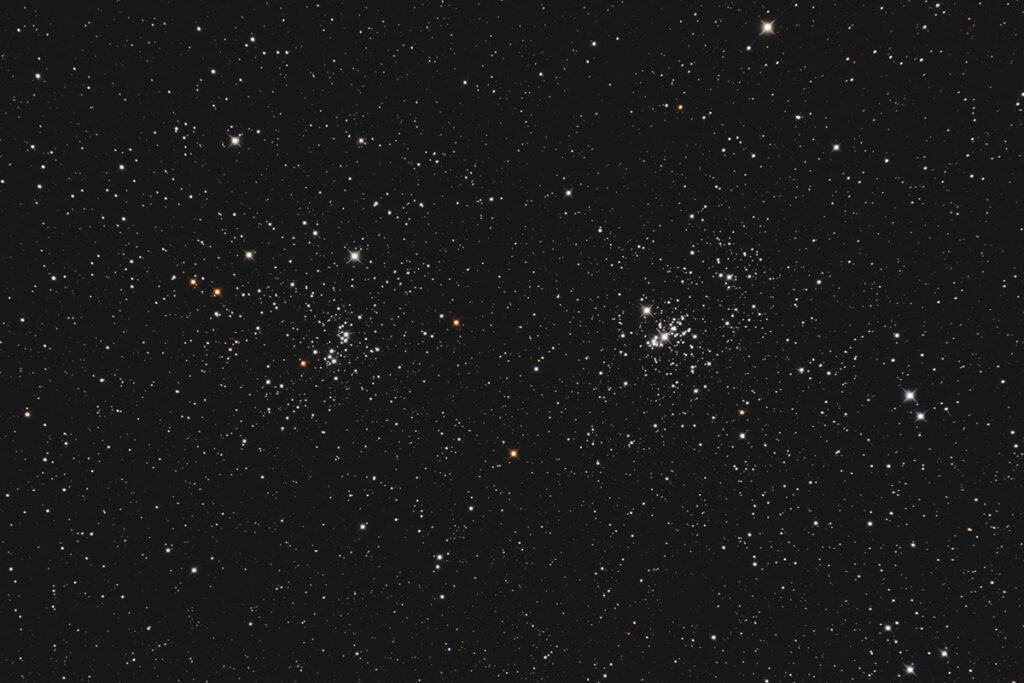

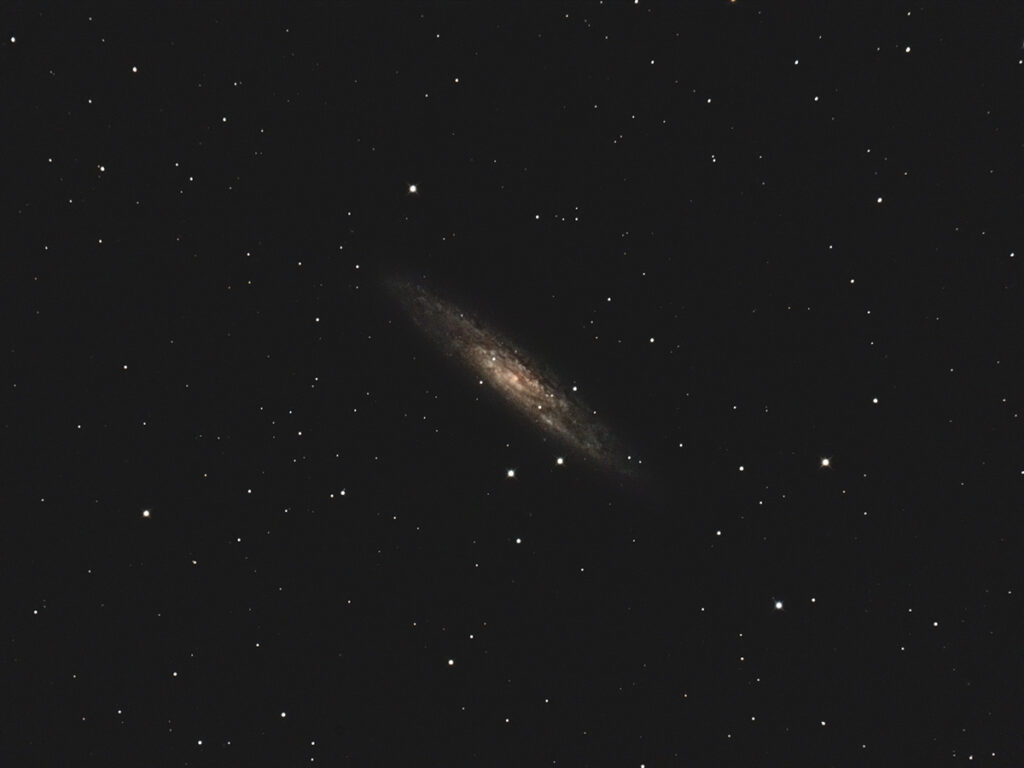
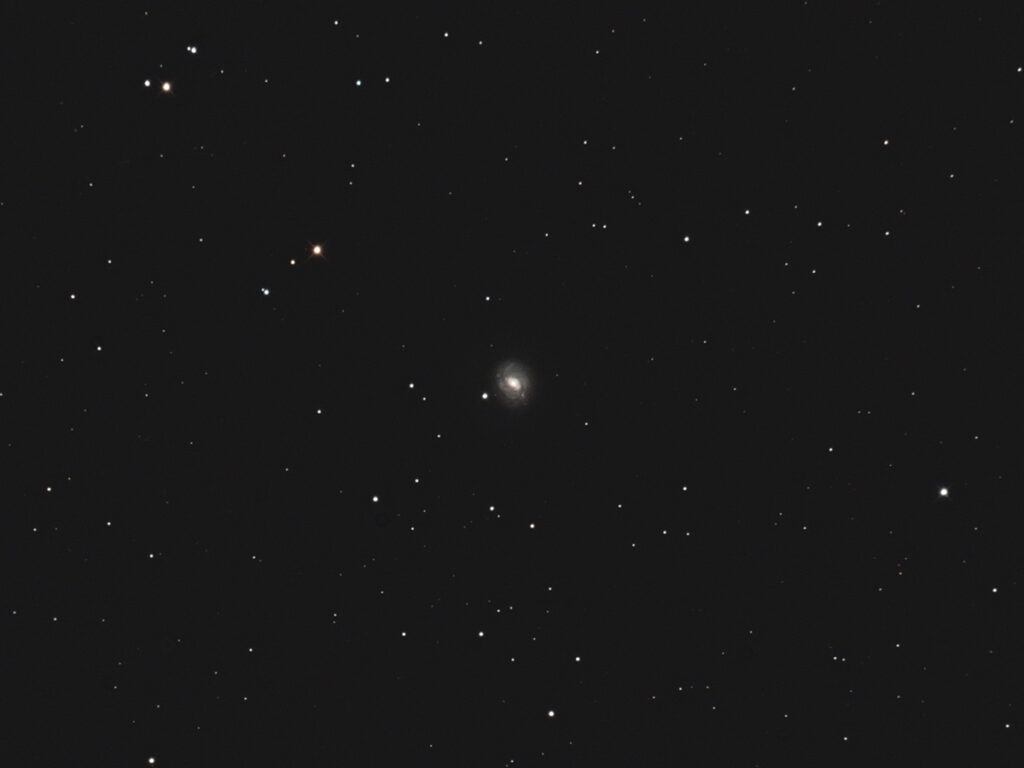
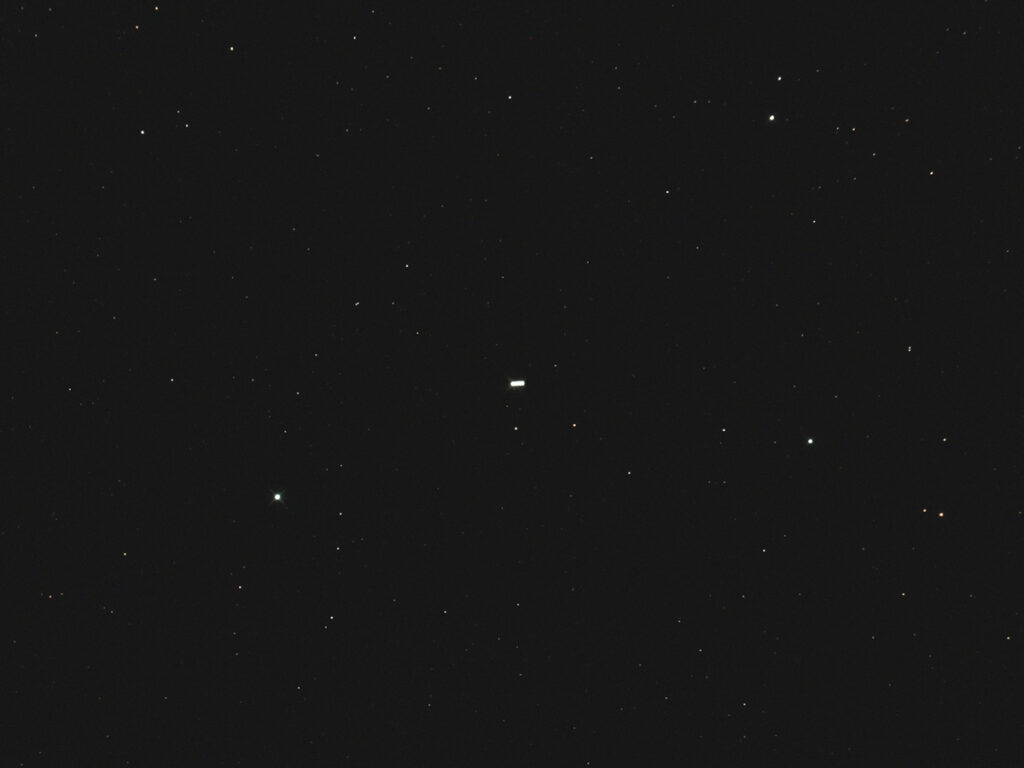
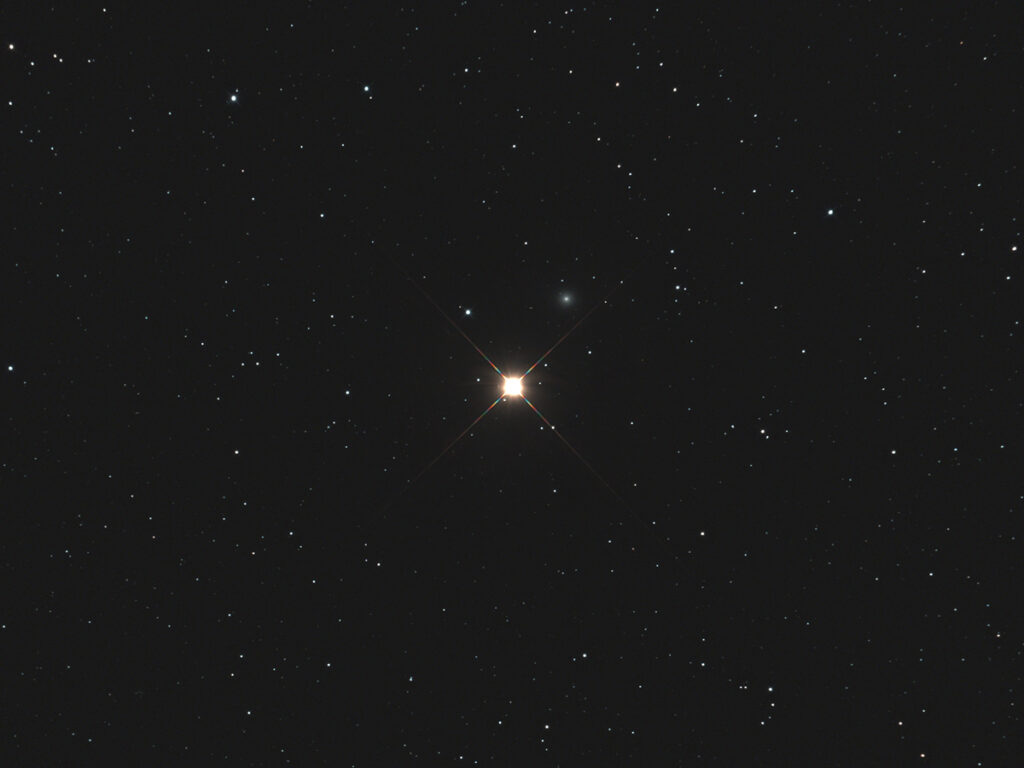
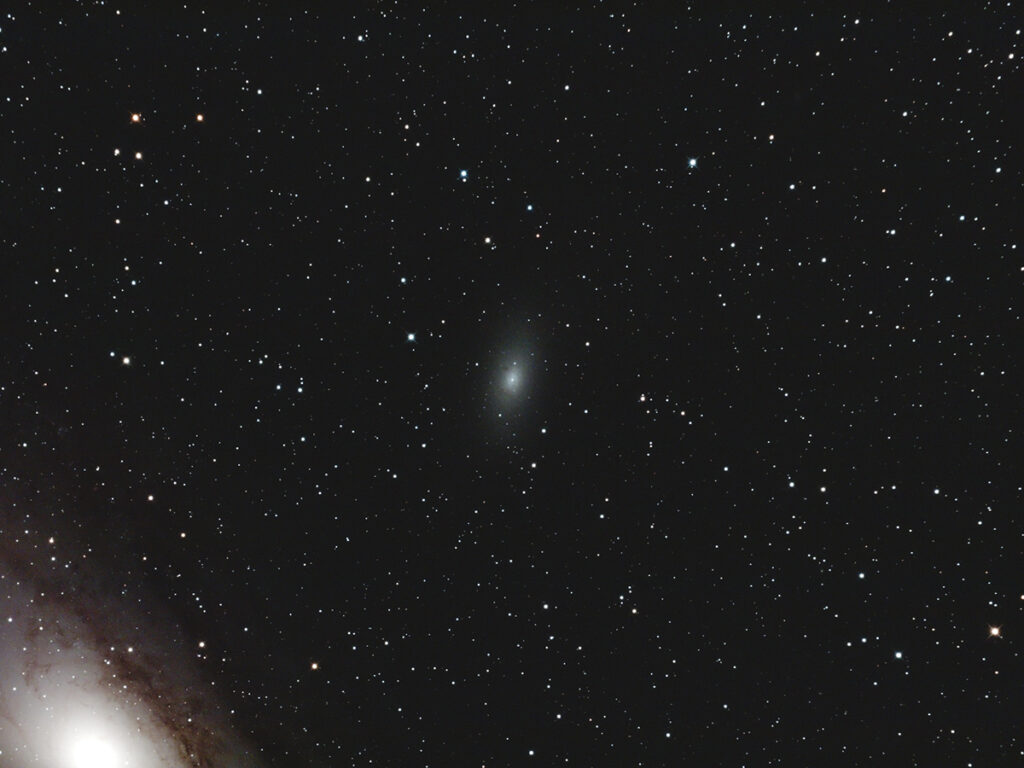

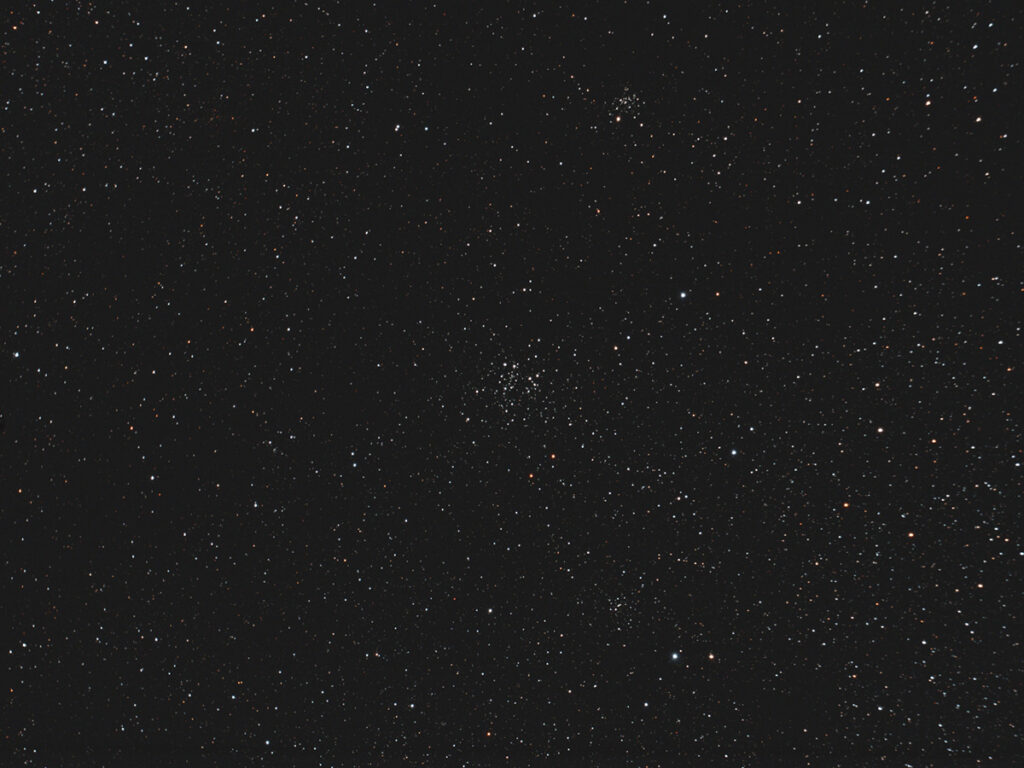
Recent Comments